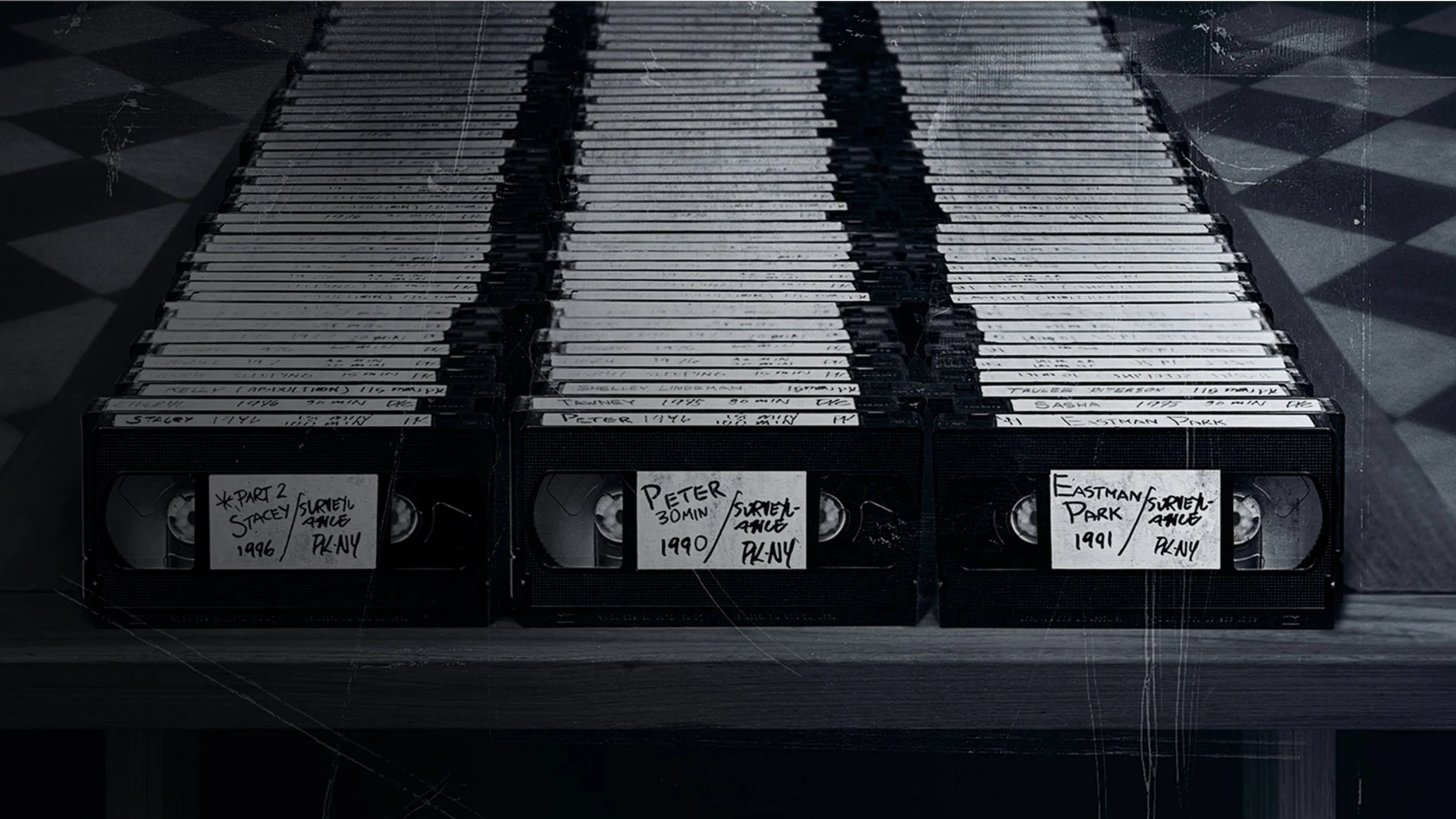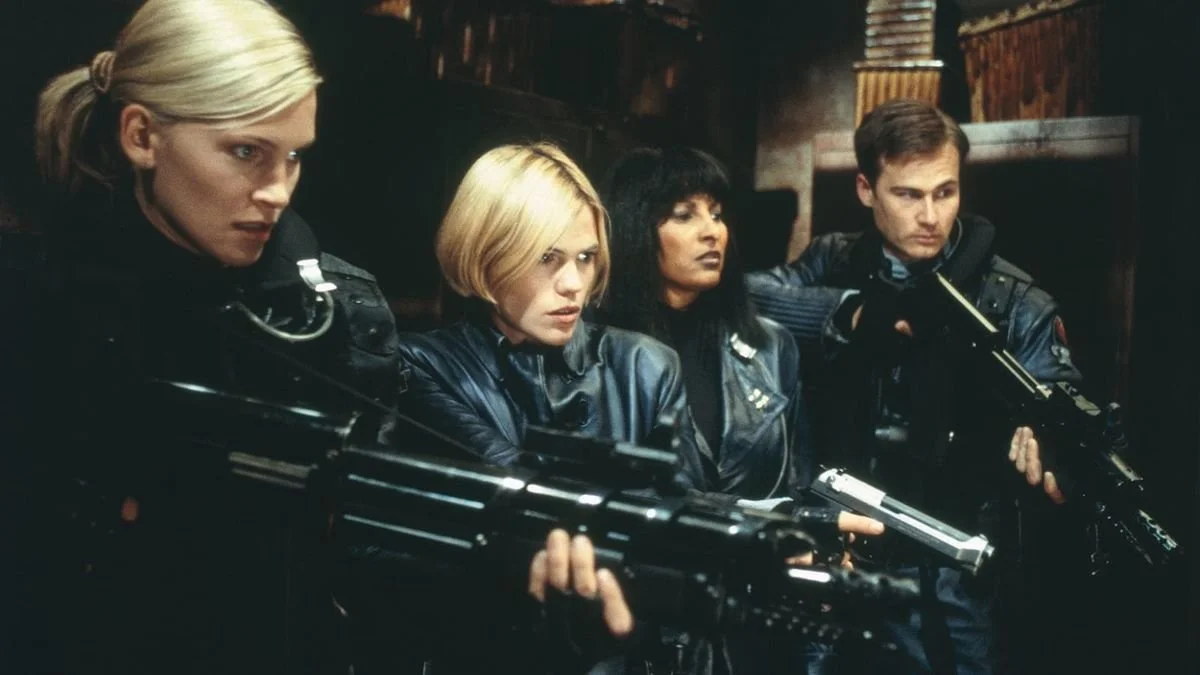Review: Nightmare Alley (1947)
There’s a common assumption about film as an artform, which plays into the presentism of our current age. The assumption is that movies that are explicit about sex and violence are automatically more complex than those which are not. If a movie is truly complex about the full dimensions of human experience, so the thinking goes, it needs to be able to openly discuss and show these experiences on screen. This assumption often underpins the notion that old movies are “simpler” and that art naturally progresses over time, which means that new movies are better than old movies. I do not hold this opinion. I believe something closer to what Orson Welles meant when he said “The enemy of art is the absence of limitation.” Edmund Goulding’s film noir classic from 1947, Nightmare Alley (which Guillermo del Toro has remade for release later this month), is a good example of how the limitations of classical filmmaking can bear fruit when exploring unsavoury aspects of human life.
Based on the controversial novel by William Lindsay Gresham, Nightmare Alley stars Tyrone Power as Stan Carlisle, a carnival barker who refashions himself as a mentalist to con high society with the help of an unscrupulous psychologist, Lilith Ritter (Helen Walker). As you’d expect from a film involving reinvention and psychoanalysis, the themes are positively Freudian. This tale is packed with repression, suppression, the power of urges, and the inescapable lure of the doppelganger (which, to be fair, is more Jungian than Freudian, but you get the picture). Nightmare Alley is about a man who has no compunction about destroying those around him to get ahead. Stan is a bad person, who seduces, manipulates, exploits, and betrays every person he meets. He only meets his match when he finds someone who’s smarter than him and has even fewer scruples than he does.
As is the case with many works of art with a Freudian bent, the more repressed the presentation of the material, the better. Nightmare Alley explores acts of shocking moral degradation; you can understand why it was so controversial at the time. But it never shows these acts. In the film, implication holds greater power over the mind than explication. All the sex acts, betrayals, moments of lust and disgust, of moral degradation and physical brutality, are left off the screen. But the result is not tame provocation and implication, but rather coiled tension and anguish that captures the true degradation of the characters’ lives. We don’t see the sex or the most notorious carnival freaks or the physical anguish of characters at the moment of death, but we don’t need to. The implication is more than enough. The characters’ faces and the film’s painful ending show us everything we need to see.
In the opening moments of the film, Stan works as a carnival barker with psychic Zeena (Joan Blondell). She used to be a big name for her mentalist act she performed along with her husband, Pete (Ian Keith), but Pete has since become a lush, one step away from replacing the carnival geek, which is the man who bites the heads off chickens and performs other disgusting, degrading acts for audience amusement.
It is clear that Stan is having an affair with Zeena, though the film never explicitly says as much. But Stan is also drawn to Molly (Coleen Gray), the young carnival performer who is shacked up with the strong man, Bruno (Mike Mazurki). He partners with Zeena to learn the secret of her former mentalist routine (it involves an elaborate coding system communicated through vocal inflection) and inadvertently helps Pete drink himself to death, eliminating Zeena’s only reasons to deny Stan her secrets. But once he has the code from Zeena, he dumps her for the younger, more impressionable Molly. They get married and move to Chicago to start a nightclub mentalist act. It’s a big success, but when Stan meets Lilith, he starts dreaming up bigger schemes. Schemes too big for Molly.
At every point in the film, Stan betrays his partners and at every turn he moves up in the world, from the carnival to the nightclubs and then to the posh estates of wealthy socialites who want a connection to the great beyond. He is rewarded for conning his marks, until he himself becomes the mark.
The film has operatic flourishes, especially in the atmospheric carnival setting, but it’s a film noir through and through. It’s shot in shadow, with canted angles and smoke-draped rooms. The harsh contrast of overhead lighting becomes a spotlight that penetrates the psyches of its characters. The shadows hide the lurid secrets we know lurk out of view. There’s the tough man lured by ambition, the femme fatale, the impressionable maid, the old over-the-hill pros, sudden rises and shocking falls, and the presence of subconscious urges and wounds that drive these people to do what they do. It all leads to a powerful conclusion, which you can see coming a mile away, like you would a train barreling down on the tracks you’re tied to. The fact that you can see it coming doesn’t stop it from walloping you anyhow.
The inevitability and dreadful obviousness of the film’s conclusion is a part of its power. When we first hear about the geek, we learn about the powerful allure of the dark side of the carnival. For while the geek is an illegal attraction, he draws more attention than any other exhibit. Thus, we cue into the film’s implicit understanding that people are drawn to darkness. So when we learn that Pete’s rampant alcoholism has him on the path to becoming a geek as a means of keeping him in booze and bed, and then we watch Stan replace Pete in Zeena’s mentalist act, we know there’s only one way this story ends: in shadow and doom.
Nightmare Alley is about a marvellously successful bastard and his dreadful comeuppance. It’s a film about sex and sin and betrayal and the urges and abuses of the flesh. We don’t need to see these things on the screen to understand their power and their influence on Stan’s life and the world he inhabits—our world. We feel them in our bones.
9 out of 10
Nightmare Alley (1947, USA)
Directed by Edmund Goulding; written by Jules Furthman, based on the novel by William Lindsay Gresham; starring Tyrone Power, Joan Blondell, Coleen Gray, Helen Walker, Taylor Holmes, Mike Mazurki, Ian Keith.



Kiyoshi Kurosawa’s 2001 J-horror film predicted the new millennium in terrifying ways.